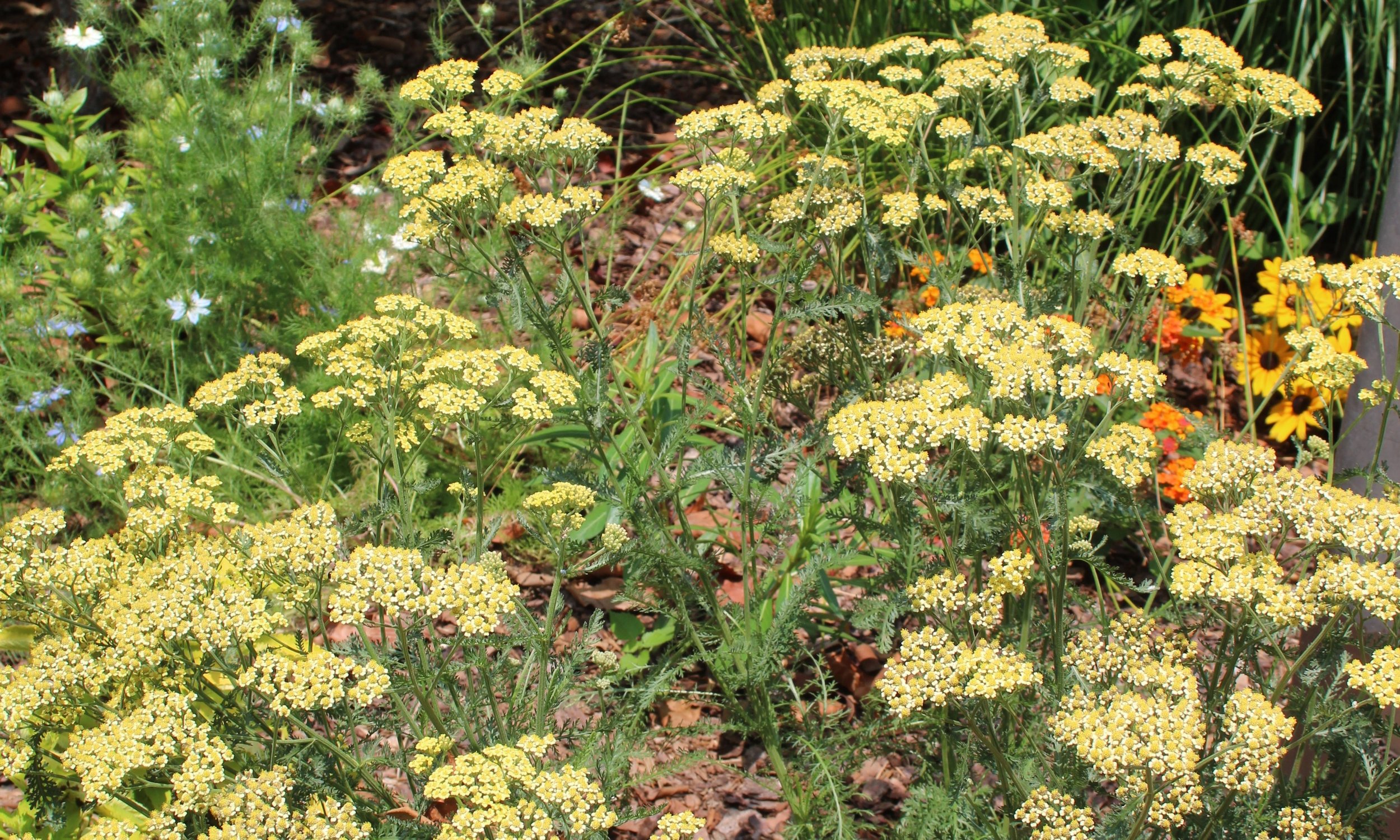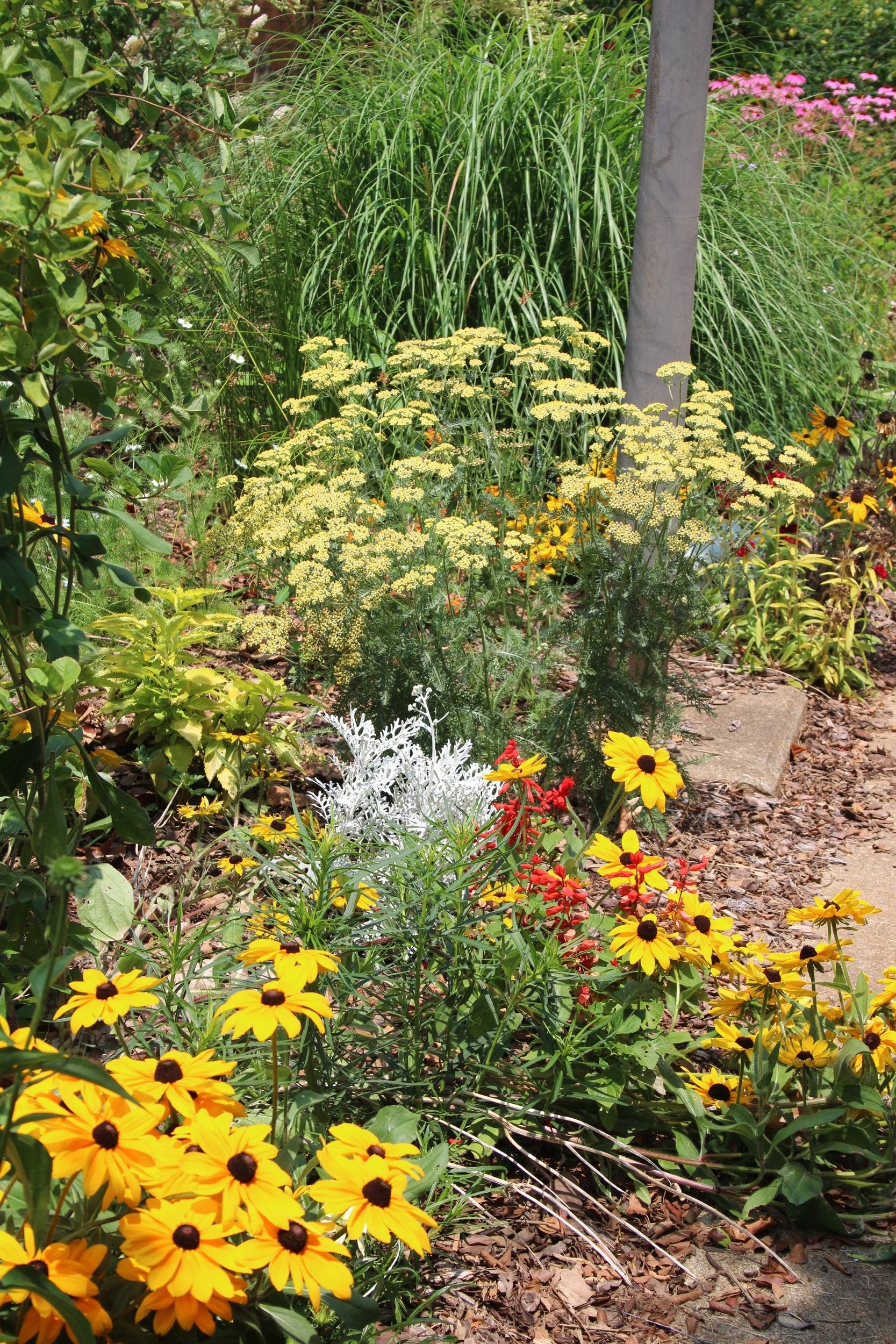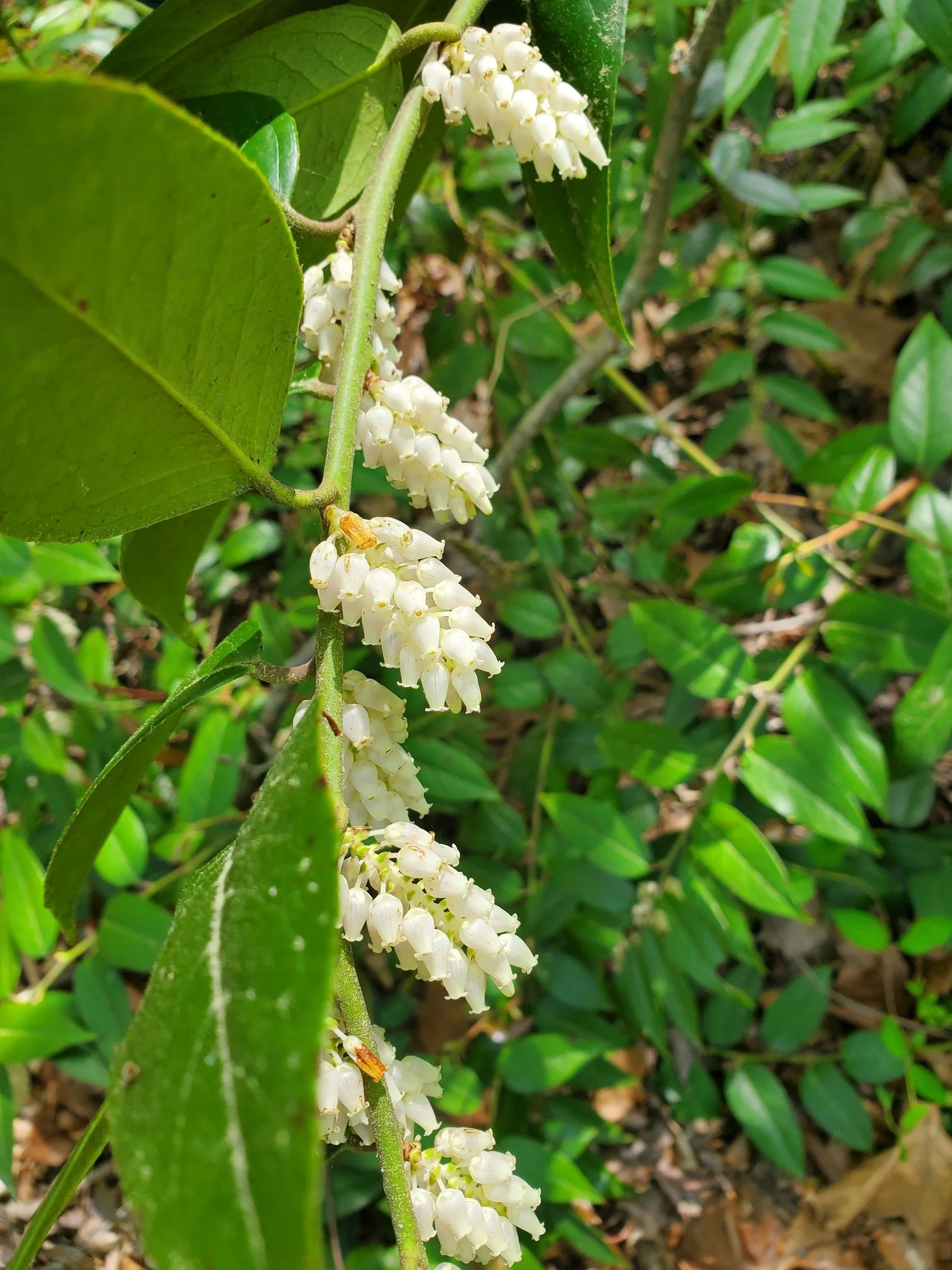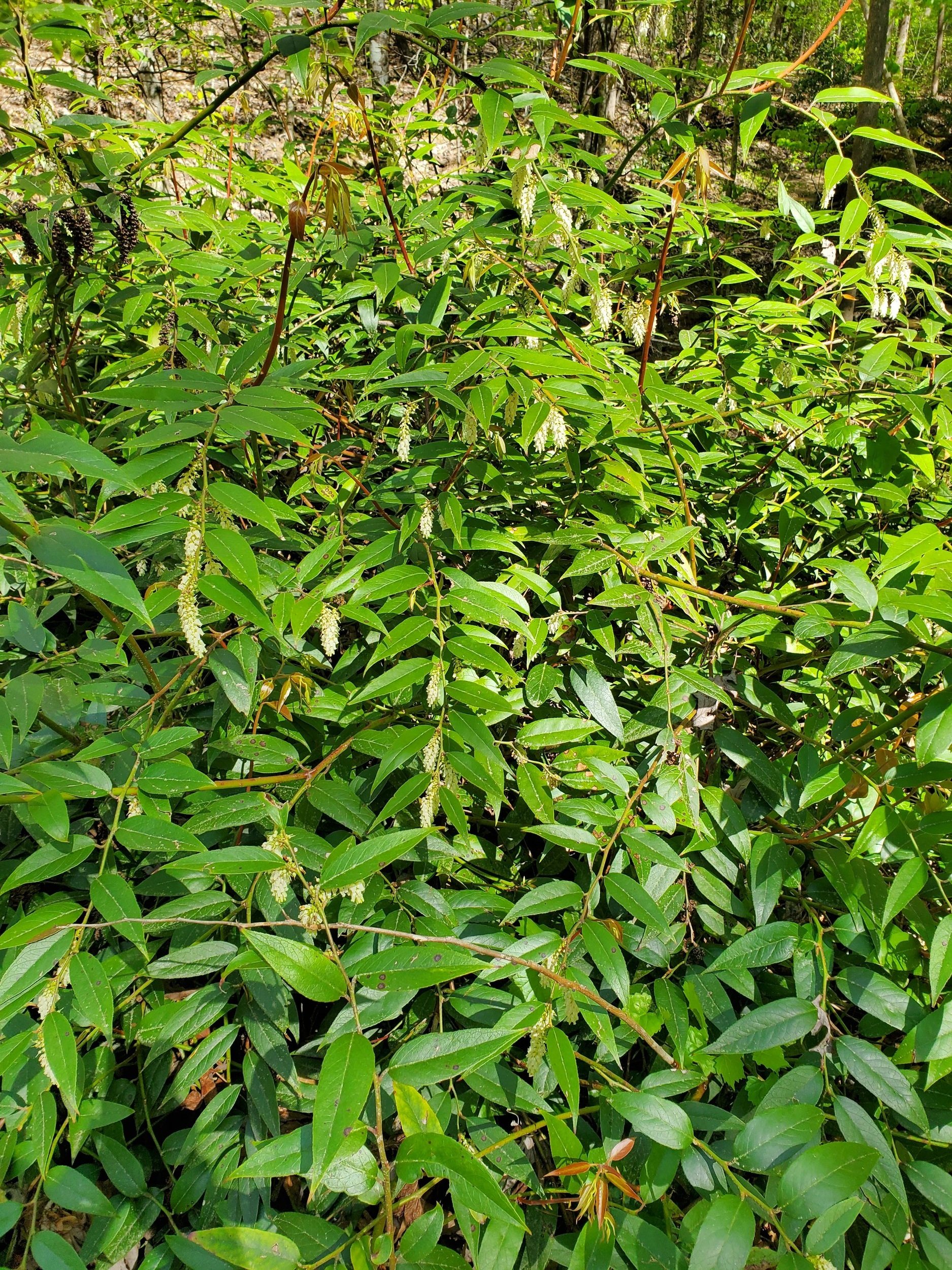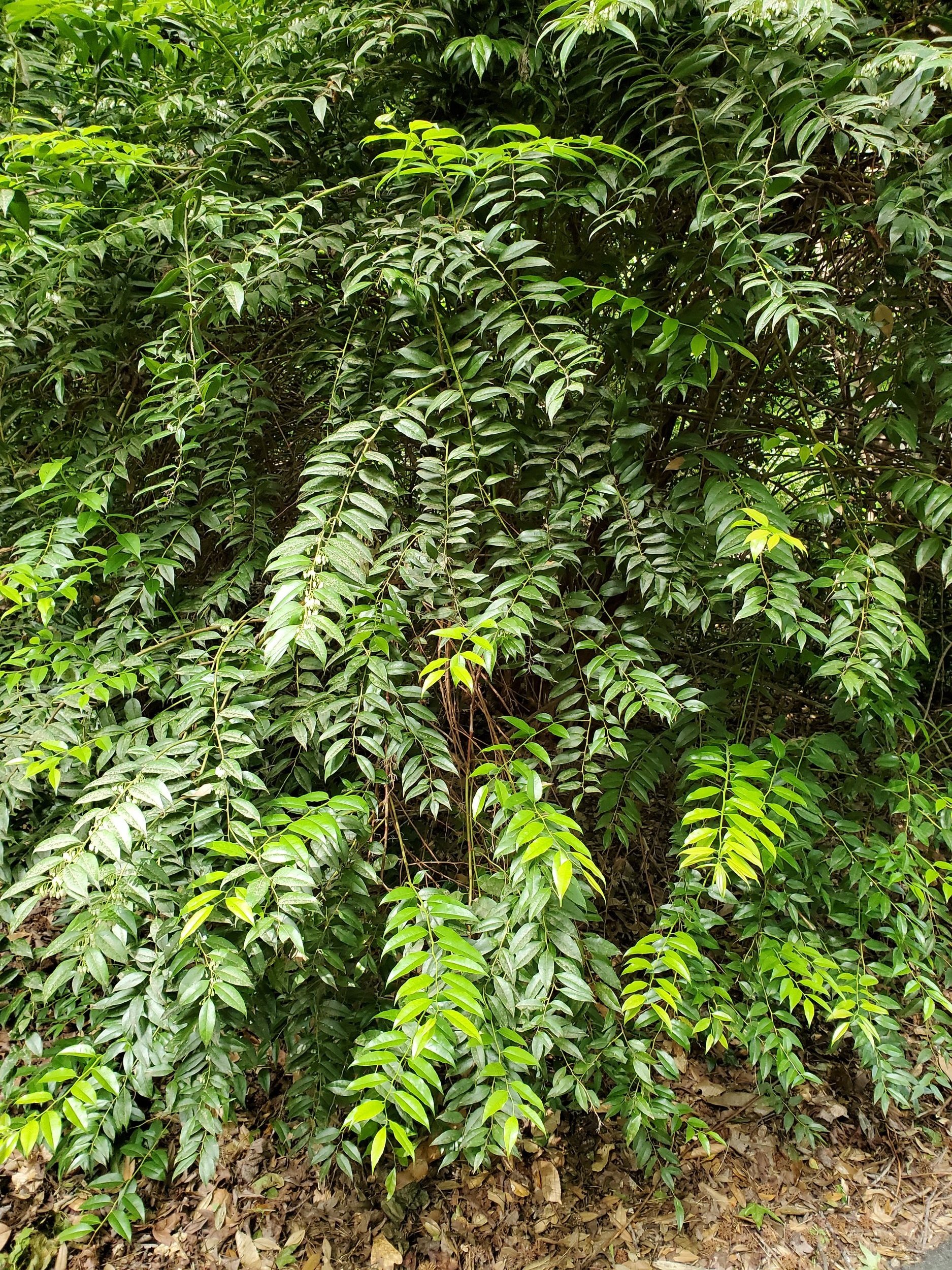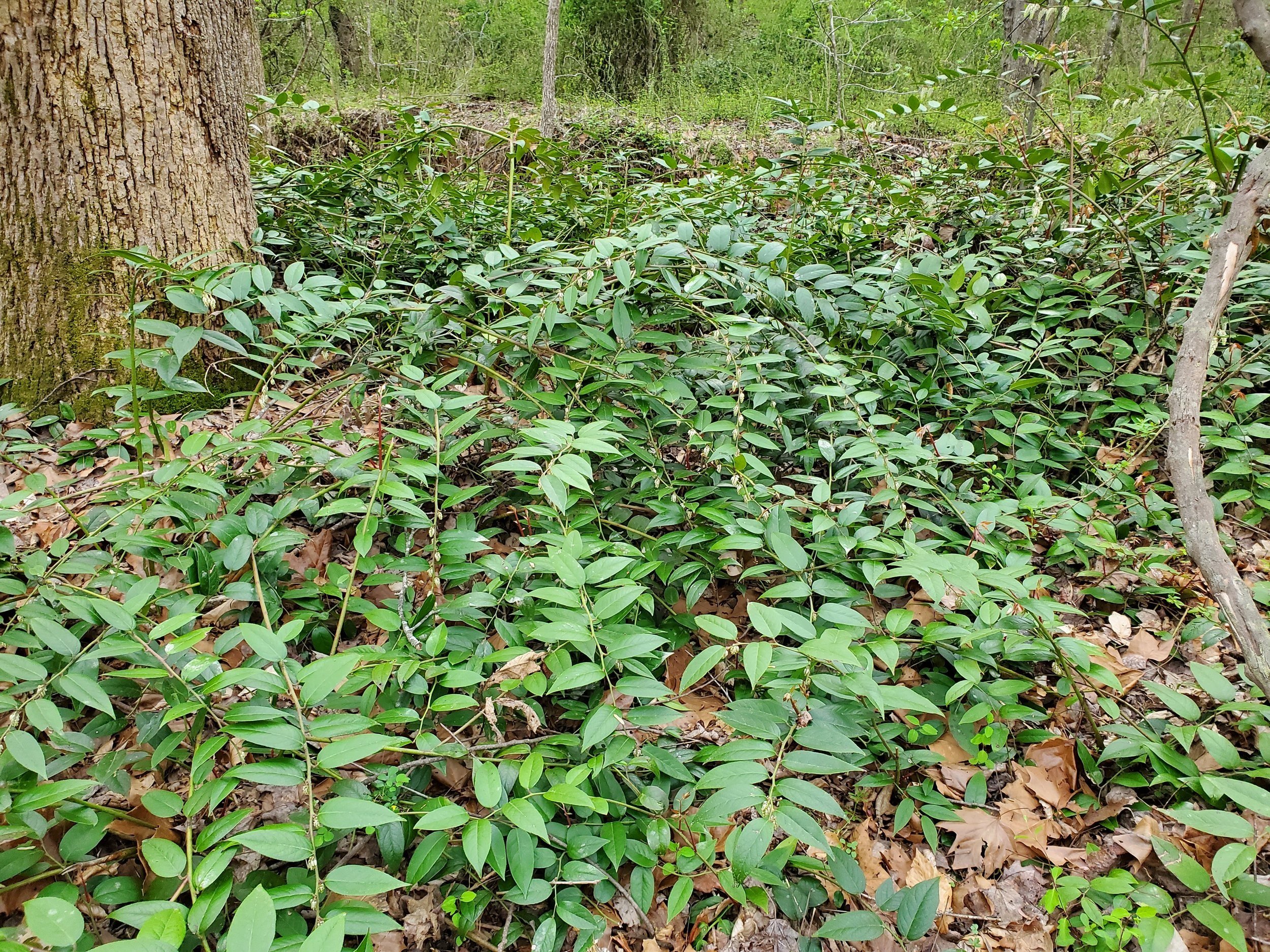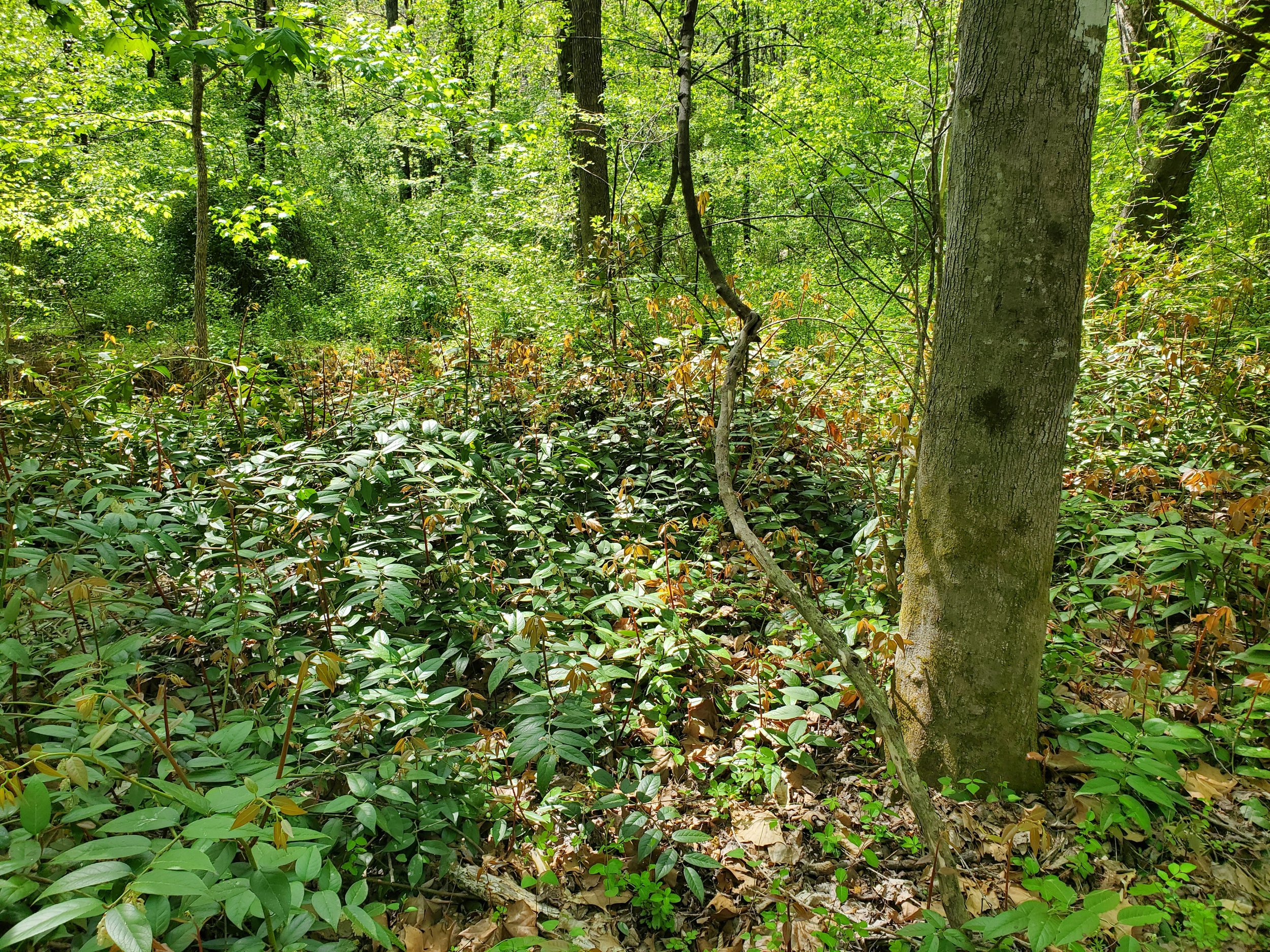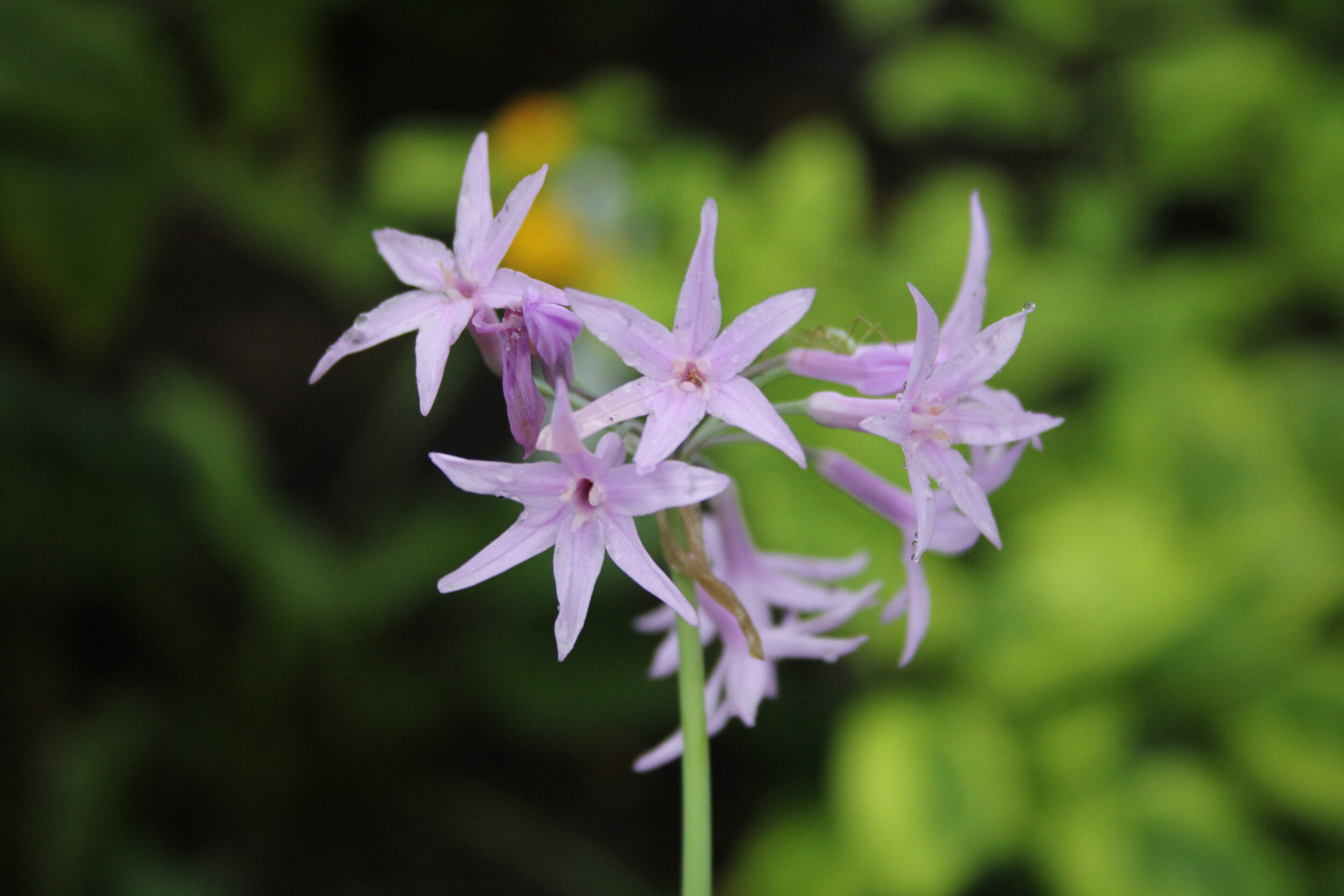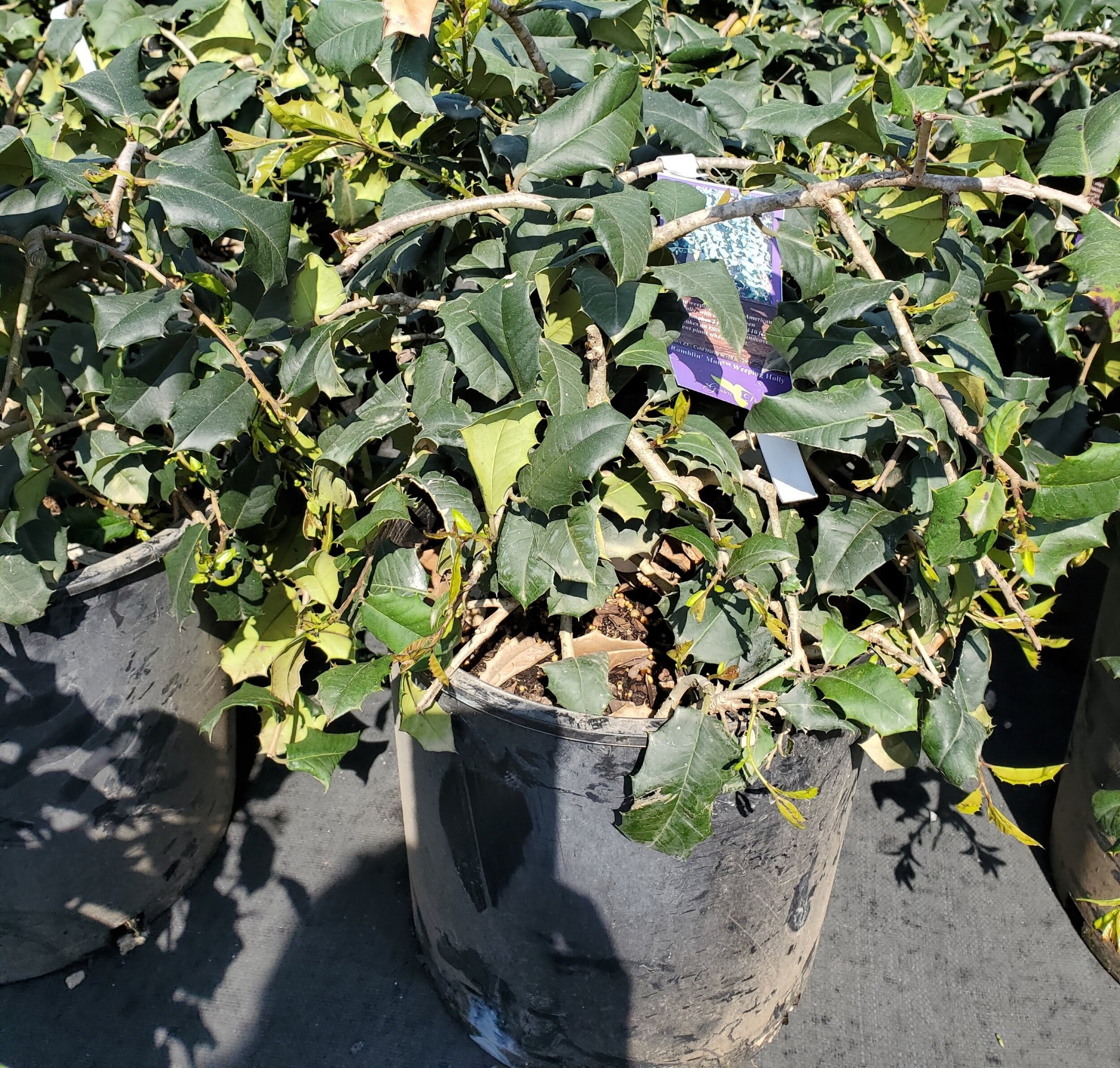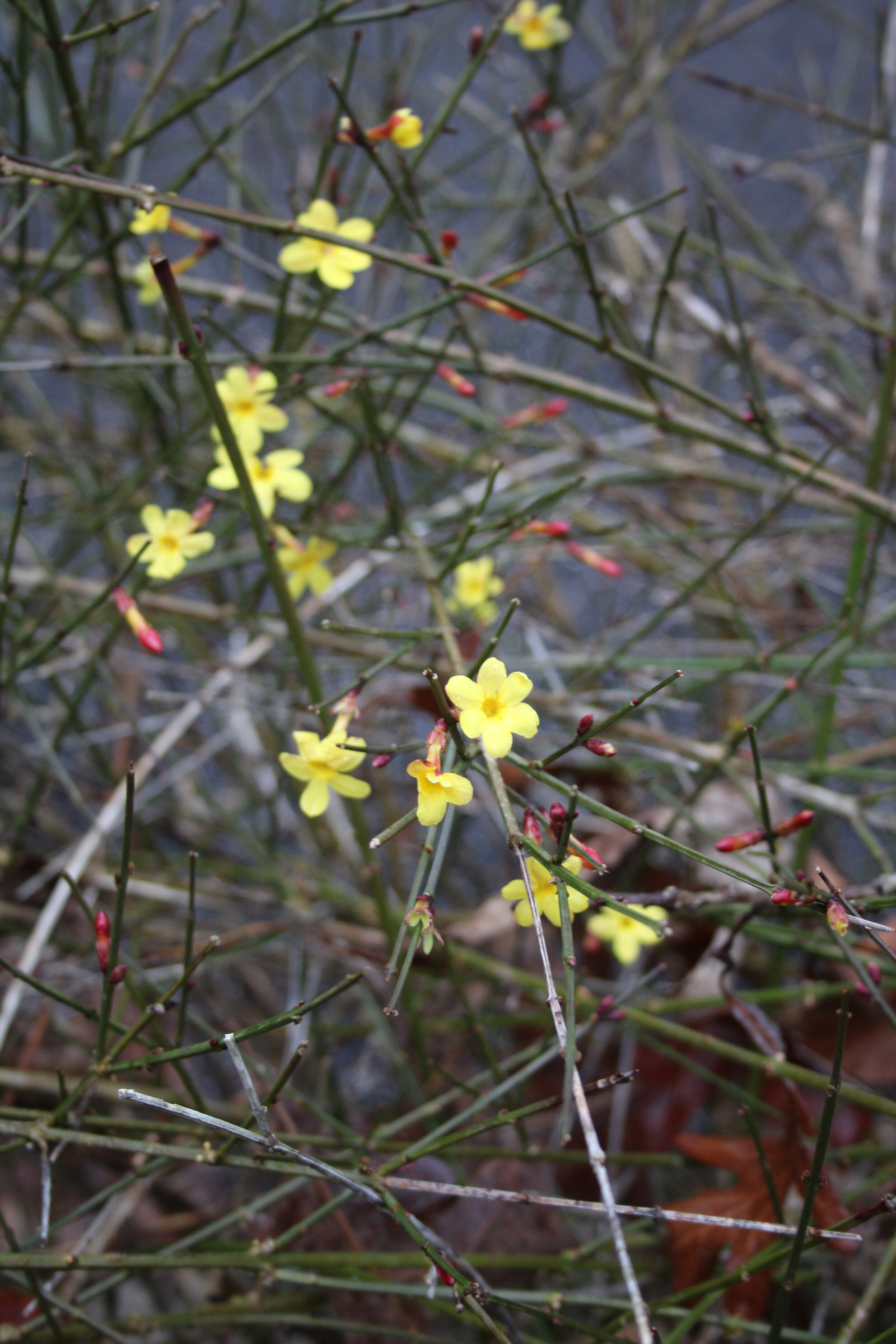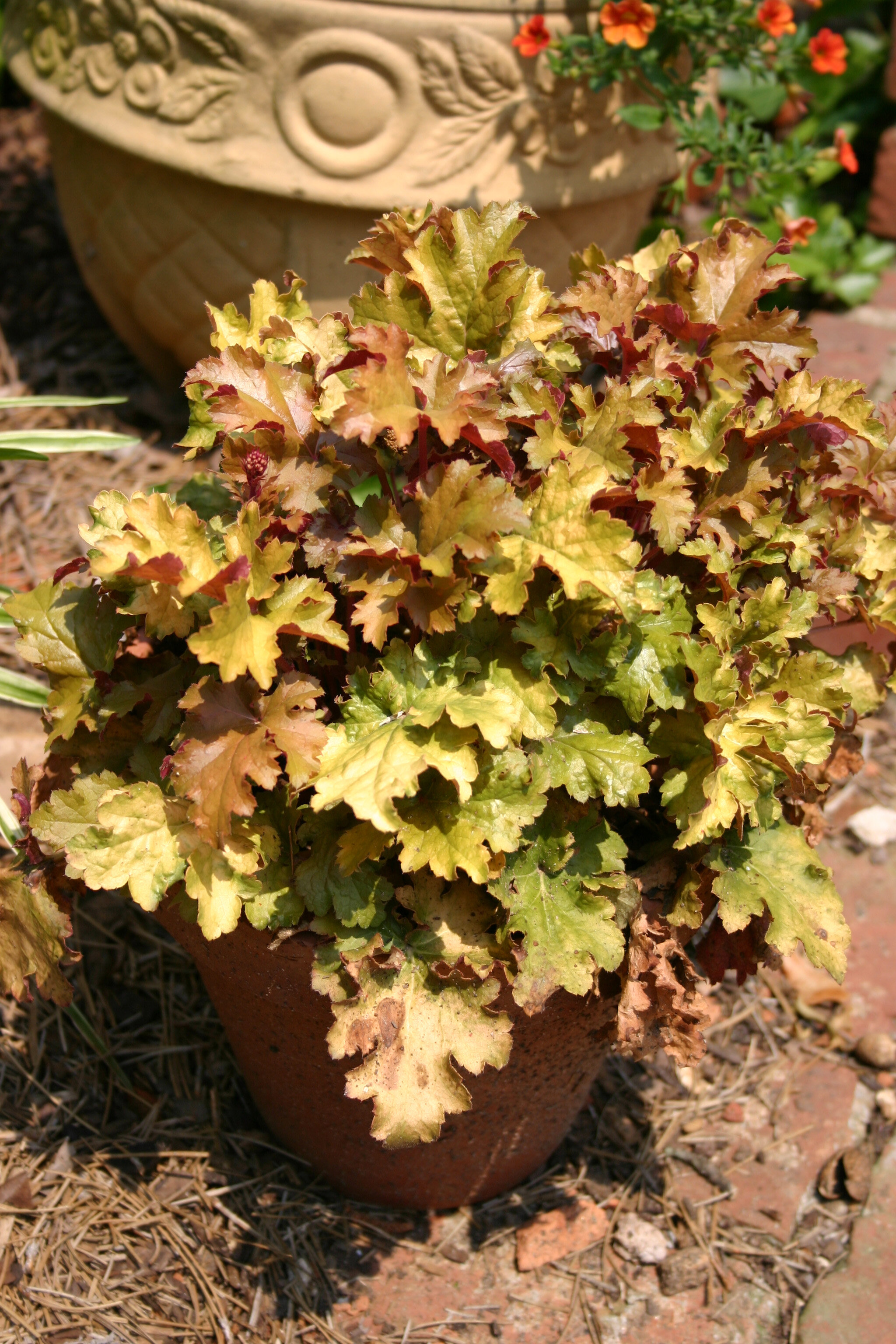Most of the time, plant identification is pretty straight forward even for those of who were not trained in taxonomy. Sometimes, however, identification requires research. For the last three years, I have been enjoying the large, evergreen shrubs that appear along the creek banks of my home. They have lovely arching foliage, reddish new growth, and drooping clusters of white flowers in spring. Based on my knowledge as a former garden nursery employee, I thought they were Leucothoe, pronounced loo-KOH-thoh-ee. But which one? Are they Highland Doghobble, Leucothoe fontanesiana? Or Coastal Doghobble, Leucothoe axillaris? Or even Florida Leucothoe, now Agarista populifolia but formerly Leucothoe populfolia?
When I’m having difficulty with identification, I have learned to consult NC State University’s plant sheets and Clemson University’s Home & Garden Info fact sheets. The Georgia Native Plant Society, Virginia Native Plant Society, and the Southern Piedmont Natural History Facebook pages provide invaluable information. I cross reference everything I find online with the information contained in my favorite gardening book, Dirr’s Encyclopedia of Trees and Shrubs, by Michael A. Dirr. This is a fabulous resource and a must-have for everyone who aspires to be a serious gardener. There are so many post-it notes extending from my copy, it looks like a neon hedgehog.
First, I examined the common factors of the three possibilities. All are natives in the Ericaceae family, meaning they enjoy damp shade and acid soil like other ericaceous family members (blueberries, azaleas). The new growth on all three is a shiny pink-to-bronze color. Then, I compared the differences in an attempt to identify by elimination.
First to go was Highland Doghobble or Mountain Doghobble. It has an average height of six feet, which kept it in the running. Comparing photos of their flowers to photos of my plants, I could not discern a difference. Both have creamy clusters of white flowers held in the stem axils. But NC State horticultural info says this plant grows in USDA cold hardiness zones 4-6. My property lies in zone 7b. (Zone 8 after the recently updated zone maps were released. I’m having trouble adapting.) Buh-bye.
Candidate number two is Coastal Doghobble. These grow in cold hardiness zones 5-9, but are described as slow growing with a mature height up to four feet. The cold weather foliage is bronze to burgundy. No, no, and no. Mine stay a nice rich green throughout the coldest months. I have cut them to ground level and they grow rapidly to six feet or more.
Which leaves Florida Leucothoe, Agarista populifolia. Hardiness zones 7-9 are a match, as is the mature size of 8-12 feet. New growth is coppery red but leave remain green through winter. The point of confusion for me is with the flowers. Those on my shrubs were a perfect match to the photographs on a couple of sites but not a visual match on other sites describing the same plant. I am going to make an assumption that my garden is hosting Florida Leucothoe. Take a look at the photos below. If you disagree with my identification, feel free to drop me an email at mary@marysnoddy.com.
While you might assume that the outstanding characteristic of this plant is the lovely spring flowers or the evergreen foliage (works well in cut flower arrangements) or the ease of culture, the best thing is that deer won’t touch it. While the common name Doghobble was derived from its tendency to develop thickets so dense that dogs cannot run through them, it could have just as easily been Dogkill. While bees and butterflies love the flowers, the plant is extremely toxic to people, dogs, cats, and horses. Ingesting as few as two leaves can lead to coma and death. Deer avoid it, even when food sources are scarce.

